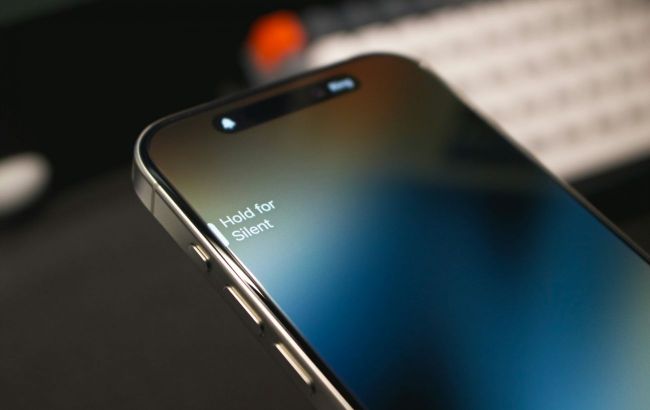New iPhone models to lose usual control element: Details
 The usual volume and power buttons on the iPhone will disappear in the near future (Unsplash)
The usual volume and power buttons on the iPhone will disappear in the near future (Unsplash)
Insiders within Apple's supply chain have disclosed plans indicating the tech giant's intent to significantly reduce the number of physical buttons in the upcoming iPhone 16 model. This move could lead to radical shifts in the traditional smartphone design, according to the Apple product and software-focused online magazine Macworld.
Taiwanese company Advanced Semiconductor Engineering (ASE) has secured an exclusive contract for producing SiP (System-in-Package) chips. These chips are slated to replace physical buttons in the next iterations of the iPhone.
It is anticipated that this innovative approach will alter user interactions with their devices, as the new buttons will utilize capacitive technology, integrating additional functionalities and features.
Apple's patented Taptic Engine, designed for haptic feedback, will provide tactile responses, enabling users to feel reactions to their actions.
Numerous sources have confirmed that volume control buttons, the ActionButton, and the new Capture button (for camera functions) will be replaced with capacitive alternatives, with the probable exception of the power button, which may remain a physical component.
Expectations for the forthcoming transformation are high, as it is anticipated to provide users with a smoother and more intuitive device interaction. While details of the new design remain sparse, industry insiders eagerly discuss the possibilities this new approach might unveil.
Given Apple's track record of innovation, it is highly plausible that the iPhone 16 will set a new standard in smartphone design, leaving competitors scrambling to catch up. The elimination of physical buttons will also significantly impact the device's durability and water resistance.
With fewer apertures and seams, the new iPhone will be more resilient to external factors, further bolstering Apple's commitment to producing premium-grade products.

